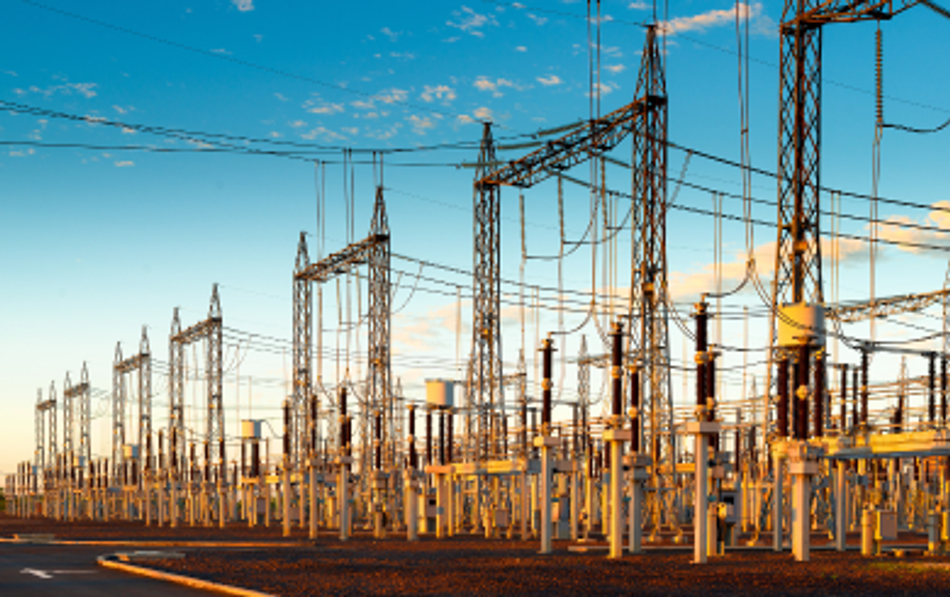Why Is Commercial Surge Protection Important?
We rely so heavily on electricity these days that it’s critical to address potential problems in the supply chain. Domestically, commercially and in industry, this applies not only to power cuts, but also to equally disruptive spikes or surges.
This article was first published on
www.rowse.co.ukPower surges can be more destructive than outages and cause significant damage to electrical devices and systems, regardless of their origin or cause. This could be disastrous for your business, resulting in huge losses. Any commercial enterprise that depends on motors, high-voltage machinery, security systems, or modern electronics and equipment is at risk. Some of the most vulnerable equipment includes:
Manufacturing machinery
Security systems and fire alarms
Elevators and escalators
Telecommunications equipment
Computers, printers and other electronics
Retail POS systems
Fortunately, commercial surge protection provides a solution for this problem. So let’s look at how to use it and what surge protection options are available.
What Causes A Power Surge?
Electrical power is supplied to your premises at a designated flow rate, but sometimes, there’ll be a spike in the supply. This causes the voltage to increase temporarily in a surge of excess power. This might happen for several reasons, including:

momentary power outages/circuit overload
exposed or damaged wiring
lightning or other external factors
Momentary Power Outages/Circuit Overload
Short-term power outages sometimes occur as a result of electrical overload, which momentarily trips the circuit. This might happen in premises with multiple high-demand devices like air-conditioners or lifts that are all simultaneously in use. Frequent sudden spikes in electrical demand will sometimes result in a voltage surge that can cause considerable damage.
Exposed Or Damaged Wiring
This isn’t only dangerous but can lead to frequent internal power surges. If you notice a burning smell or warm outlets in your electronic devices, switches or sockets, you must fix them immediately. If you don’t, you run the risk of short-circuiting, shocks, fires or burns.
Lightning Or Other External Factors
Lightning can cause a power surge so great that it creates blackouts, outages and even fires. It can destroy your electronic equipment and any machinery plugged into the mains. Similar damage may result from other weather conditions like snowstorms, thunderstorms and extreme temperatures. Even animals and falling trees can cause electrical surges if they hit the power lines or chew on cables. This may lead to exposed and damaged wiring, with similar results.
Why Is Commercial Surge Protection So Important?
Not every power surge will wreak this much havoc. Voltage in most commercial premises typically fluctuates every day. Every time you switch on any electrical equipment, there’ll be a brief power spike. It may only last for a millisecond or two, which isn’t particularly significant. But over time, these spikes can have a cumulative effect that weakens your electrical equipment and may eventually damage it.
If the incoming voltage exceeds an acceptable level, a typical surge protector diverts the excess current through the electrical outlets into whatever devices are plugged in. It is thus safely dispersed into the outlets’ grounding wires.
You can get a variety of surge protection devices, ranging from small domestic versions to large-scale industrial types. All your electrical equipment should be plugged into the surge protector rather than directly into the electrical outlet.
In default of surge protection, best practice dictates always unplugging any electrical or electronic devices not in use, as surges can affect a connected device even if it’s switched off. Regular maintenance is also necessary to fix minor issues with your electrical systems and wiring and ensure they’re safe under the requirements of The Electricity at Work Act 1989.
Why It’s A Good Idea To Invest In Commercial Surge Protectors
The most obvious reason to invest in commercial surge protectors is that they safeguard your facility and equipment from damage. By regulating the flow of electricity, you prevent circuits from malfunctioning and fuses blowing. Your electronic devices and manufacturing equipment will be safe from electrical overload and your business operations will continue to run without interruption, preventing costly downtime.
You’ll also be complying with the statutory requirements of BS 7671:2018, the IET wiring regulations that apply to protection against transient over-voltages. You won’t need surge protection for small electrical items like desk lamps, but it’s essential for protecting industrial equipment and electronic devices with delicate microprocessors.

Commercial Surge Protector Types
There are three main types of commercial surge protectors available:
Type 1 acts as a buffer between the electrical grid and your power distribution panel. It helps to regulate the mains power and mitigates the effects of any transients before they get into your system. Type 1 is often high-capacity and designed to withstand external factors like a partial lightning current.
Type 2 is installed adjacent to your main units and helps reduce both internal and external power surges. They can handle both large and small surges and are good for protecting sensitive equipment.
Type 3 is one of the most common types, but is designed for managing medium surges only. Protection for sensitive equipment is small-scale and local, so this type should only be used to supplement Type 2.
Choosing The Best Commercial Surge Protection
You’ll find all shapes, sizes, types and costs of commercial surge protection, so you need to consider several factors when choosing the best for your requirements.
Where is your equipment located?
How sensitive is it?
What level of exposure does your installation have?
Is your property exposed to lightning transients?
You’ll also need to take into account the surge protector’s joule rating, clamping voltage, response time and whether it has indicator lights to show you that it’s working properly. It should have a UL rating of its safety and a transient voltage surge suppressor. As a general rule, anything electric and expensive needs a surge protector.
